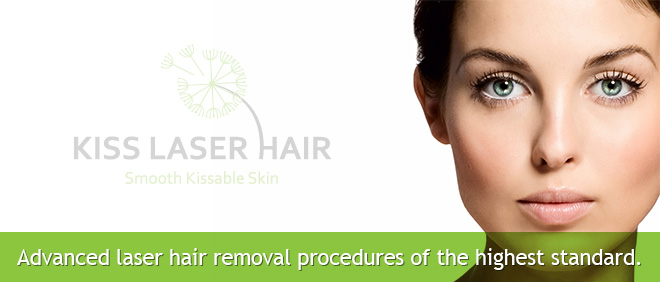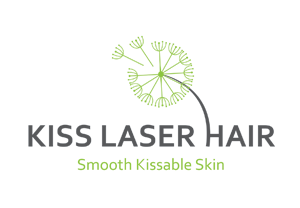Nd:YAG Technology
One of the questions most frequently asked is whether laser hair removal in Manchester is safe. The answer is yes, as the Kiss Laser Hair Clinic uses the very latest and most effective laser technology. Our clinic uses the Polaris long pulsed Nd: YAG laser, a system that is widely regarded as being one of the best available.
About Our Laser
The laser works through emitting a single wavelength of energy that is able to penetrate the skin, right into each hair follicle. It is able to do this through targeting the melanin in the hair follicle. Melanin is the substance responsible for hair colour, and is one reason why dark haired people often find laser hair removal more successful than for fair-haired people. The use of this particular laser means that absorption of melanin is very low, ensuring any risk of changes to skin pigmentation are minimal. This is because the light energy is able to penetrate the skin at a deeper level so the skin is far less likely to be heated up and to be damaged in any way. As a result treatment is extremely safe and successful.
You will almost certainly need several sessions to make sure the Polaris Nd: YAG laser has eliminated all the hair follicles in the area being treated, and it can take a couple of weeks for the effects of treatment to become visible. After this time has elapsed, you should begin to see the hair drop out, showing the hair follicle has been destroyed.
Customised Laser Treatments Deliver Results
All treatments are tailored to meet individual patient’s needs. After your free consultation, we will create a customised treatment plan for you, so treatment is as pleasant and as comfortable as possible. This will help ensure you receive the correct number of treatments to achieve long-lasting laser hair removal in Manchester.
It is necessary to have multiple treatments as the hair grows in three different phases which are called the anogen, catogen and telogen phases. The only active phases is the anogen phase, and this is the only time the laser will be able to affect hair growth. The other two phases are inactive or dormant phases, so re-treatment is necessary once the hair follicle has emerged from the dormant phase and is once again active.





